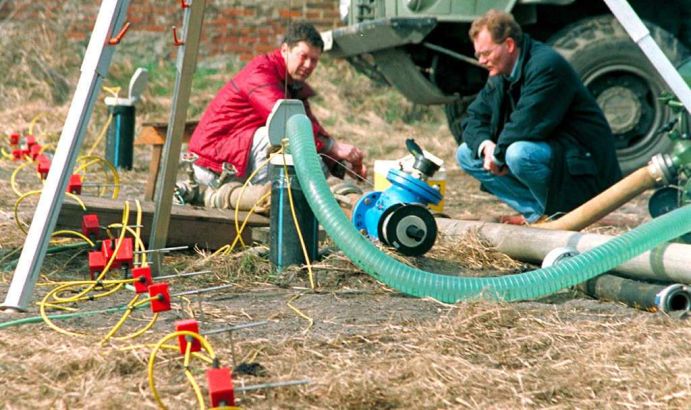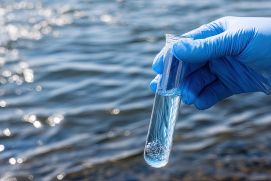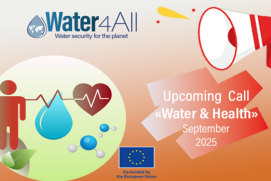Retention and Degradation Processes to Reduce Contaminations in Groundwater and Soil (KORA)
Microbiological degradation is regarded as the key activity for the sustainability of natural contaminant reduction processes (Natural Attenuation) that should be increasingly utilized for (self-) cleaning of contaminated soils and groundwaters. The aim of this funding measure was to examine the framework conditions under which natural attenuation processes in the underground can contribute to hazard identification, hazard assessment and, if possible, hazard prevention, also in connection with the rehabilitation of contaminated aquifers and surfaces.
The proper, appropriate and, above all, sustainable treatment of soil and groundwater contaminations requires better understanding and evaluation of the natural degradation and retention processes underground and their more effective use and support, e.g. within the context of hazard assessment and remediation.
The objective of the projects within the framework of the BMBF funding priority KORA was to investigate the conditions under which contaminants released to the environment are retained and degraded by intrinsic attenuation processes and how these processes can be reliably measured, evaluated, controlled and utilized. Moreover, reference solutions should be found that show how natural attenuation processes can be taken into account for (i) the assessment of hazards emanating from contaminated groundwaters and soils, (ii) the dimensioning of remediation measures and (iii) the dimensioning and execution of aftercare works.
The numerous questions arising in connection with the natural attenuation processes occurring in the underground were examined from 2002 – 2008 within the framework of 70 projects carried out at 24 sites with industry-typical contamination. The results contributed to the development of the foundations for the consideration of natural attenuation processes and to the determination of ecologically, economically and administratively reasonable applications.
This required the development of adequate methods demonstrating the NA-Processes ("Natural Attenuation") and the validation of the tools for their assessment. Universities, engineering firms and authorities have jointly drawn up MNA-Concepts ("Monitored Natural Attenuation") on a case-by-case basis for the 24 examined sites, which in many cases were finally implemented. Thus, reference sites were created which exemplarily show how NA-Processes can be recorded, assessed and taken into account in a staged procedure. Furthermore, innovative in-situ remediation procedures were developed which are based on the stimulation of the natural attenuation processes. Different measures were applied to investigate the increasing acceptance of public and authorities with regard to this issue.
The results of the funding priority are compiled in the KORA Handbook of Recommendations, which contains an integrated collection of methods, six industry guides and the synopsis on modelling and forecasts of effects of natural attenuation processes. With this, a working aid for executives, planners in engineering firms and responsible persons is available to enable the verification of the possible use of NA-Processes and the implementation of MNA-Concepts in connection with the remediation of contaminated sites. The working aids can be downloaded as pdf-file on the internet site of the funding priority http://www.natural-attenuation.de/downloads.
News about the measure
Last updated on







